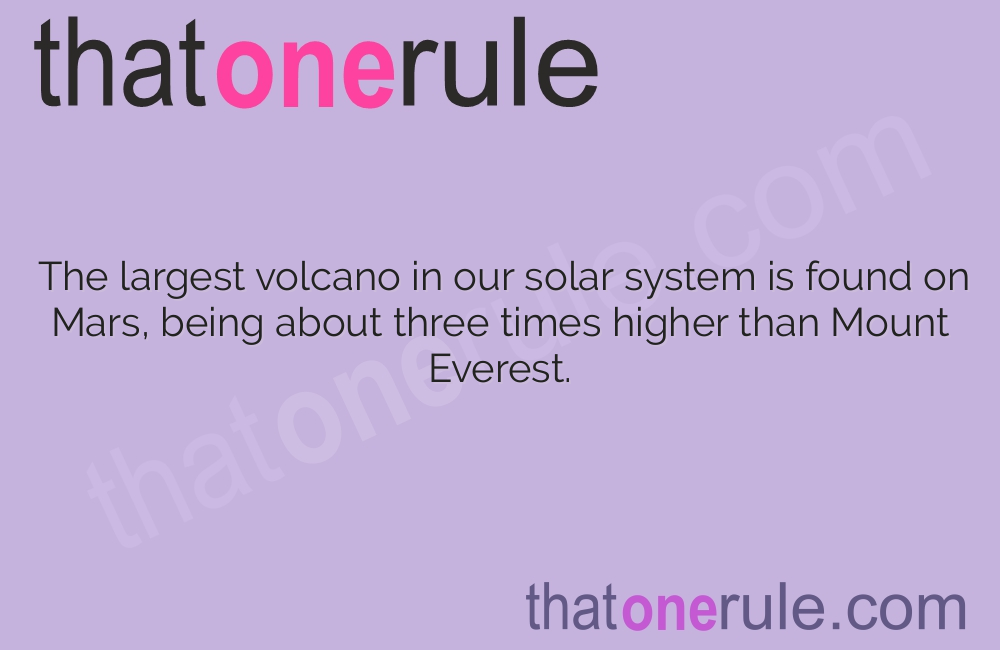Crazy Space Facts – Exploring the Astonishing Wonders of the Universe

The largest volcano in our solar system is found on Mars, being about three times higher than Mount Everest.
There is a galaxy called MACS0647-JD, located 13.3 billion light-years away, which we observe as it was just 420 million years after the Big Bang.
Space is completely silent because it’s a vacuum, which means there’s no air or medium for sound waves to travel through.
Saturn’s rings are made up of mostly ice particles ranging in size from tiny grains to huge chunks several meters in diameter.
The temperature on Venus is hot enough to melt lead, reaching an average of 864 degrees Fahrenheit (462 degrees Celsius).
The speed of light is so fast that it can go around the Earth 7.5 times in just one second.
Jupiter’s Great Red Spot has been raging for at least 400 years and is big enough to swallow Earth whole.
If a black hole was placed in the center of our solar system, it would pull all the planets and the Sun into it.
There are more stars in the universe than grains of sand on Earth.
Astronauts in space grow up to two inches taller due to the absence of gravity compressing their spines.
There is a diamond planet called 55 Cancri e that is 40 light-years away and twice the size of Earth.
The surface of the Sun is 10,000 degrees Fahrenheit (5,500 degrees Celsius).
The largest known structure in the universe is the Hercules-Corona Borealis Great Wall, a supercluster of galaxies spanning over 10 billion light-years.
Crazy Space Facts – Exploring the Astonishing Wonders of the Universe part 2
The coldest place in the universe is the Boomerang Nebula, with temperatures dropping to just one degree above absolute zero.
If two pieces of the same metal touch in space, they will bond together permanently due to a process called cold welding.
The first living beings sent to space were fruit flies, successfully launched by the United States in 1947.
The Moon is slowly drifting away from Earth at a rate of about 1.5 inches (3.8 centimeters) per year.
The Andromeda Galaxy is on a collision course with the Milky Way and will eventually merge with it in about 4 billion years.
Mercury has the biggest temperature difference between day and night of any planet in our solar system, ranging from -290 to 800 degrees Fahrenheit (-180 to 430 degrees Celsius).
The International Space Station travels at a speed of about 17,500 miles per hour (28,000 kilometers per hour).
There are more stars in the universe than there are grains of sand on all the beaches on Earth.

